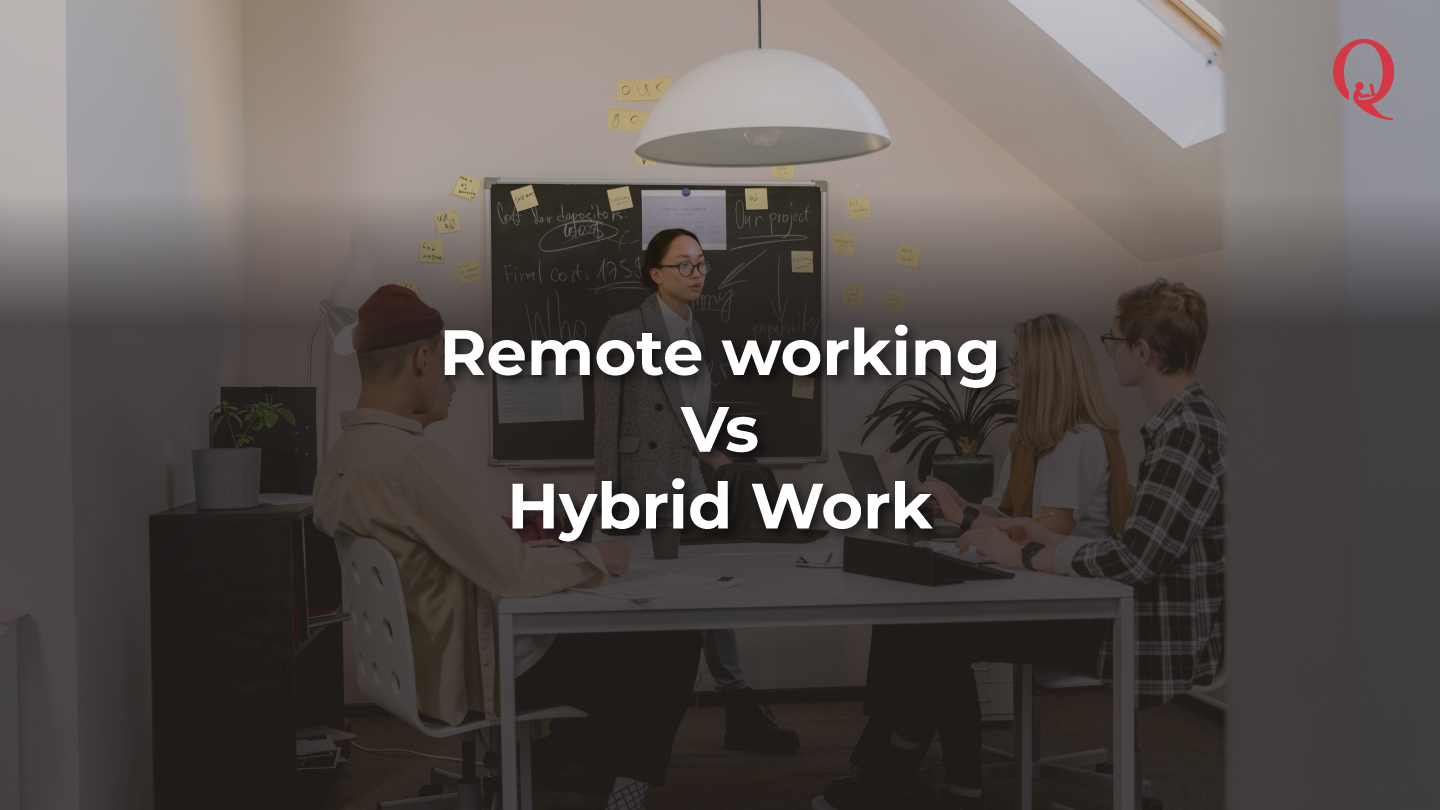If you’re on the verge of choosing between hybrid or full-time remote work, there are numerous practical factors to help you make the best option possible for your scenario.
People may confuse hybrid and remote work as synonyms for the same thing, but the truth is that there is a significant distinction between the two. In the post-pandemic era, many organizations are moving toward change, therefore you can’t afford to stick to outdated ways of working from the office.
What is Hybrid Work?
A hybrid office combines the benefits of both a remote and traditional work environment. There are many different sorts of hybrid work arrangements, and each company can pick the one that best suits their needs. Many hybrid workplaces rotate different teams of employees in the office, taking shifts and turns in the process. This ensures that all employees have equal access to the workplace and the benefit of working remotely.
Some hybrid workplaces, on the other hand, have fixed employees whose employment requires them to be in the office while others work remotely.
What is Remote Work?
Employees are required to operate remotely away from the physical office location in a remote work environment. Many businesses that practice remote work may not even have a physical location. This saves space and allows employees to work more efficiently by connecting via the internet.
Difference Between Hybrid and Remote Work?
In a hybrid workplace, you work some of the time at home or a coworking space, and the rest of the time, you report in person to an office. You could work one to four days a week in the office and one to four days a week remotely, depending on your circumstances and the demands of your employer.
In remote work, you can hire talent from anywhere in the world. Furthermore, remote employment removes geographical constraints, exposing your company to new prospects.
There are various parameters that may be used to compare both hybrid and remote work models in the workplace. Comparing the two models will assist you in determining the optimal model for your firm.
Productivity
- Employees have the freedom to set their own working hours and can also take frequent breaks. As a result, productivity increases.
- Because not every employee wants to work from home, some may find it difficult to be productive. Furthermore, not everyone has access to adequate facilities, which could be a stumbling block.
Communication
- In order to ensure that all information is provided uniformly to both in-house and remote employees, a hybrid organization must implement protocols.
- Because all employees work from home, the organization already has a standardized system in place for communicating all information.
Team Meetings
- Meetings can take place both electronically and in person in hybrid work environments.
- Meetings are always held via video conferencing or other virtual means when working remotely.
Work Type
- Employees have more flexibility in a hybrid work style because they can choose to work online or in-house. Employees can reserve their workstations using desk booking software or other methods. This permits employees to use office facilities if they have a different project requirement.
- Employees who do remote work, don’t have to come into the workplace and use the various office amenities because they don’t have any physical work to accomplish. The majority of the time, there is no actual office.
Employee Involvement
- In hybrid models remote employees may feel left out in a mixed work style if they miss critical meetings.
- Each employee works remotely, so no one feels missed on countless occasions.
CONCLUSION
Finally, those who work from home frequently struggle to establish and maintain a work-life balance. Despite the flexibility in scheduling their work, many individuals may find themselves working far longer than an eight-hour day and may burn out if they are not vigilant.










